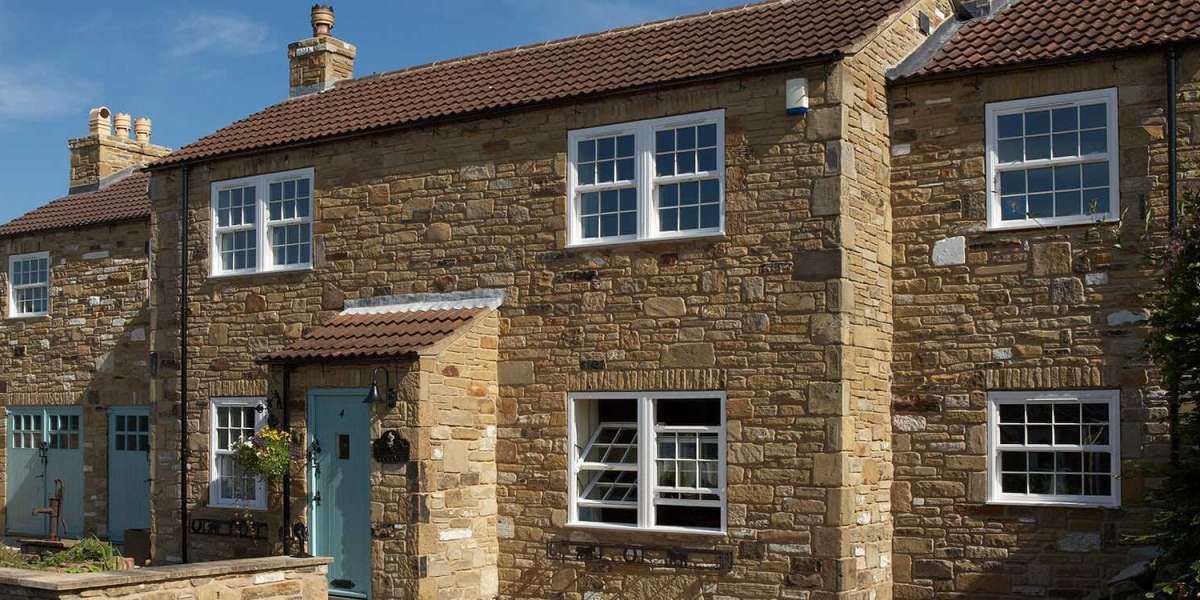Aluminium windows have gained significant popularity in the construction and renovation sectors due to their unique properties and advantages over traditional window materials. This report aims to provide a detailed analysis of aluminium windows, exploring their benefits, applications, manufacturing processes, and future trends.
1. Introduction
Aluminium windows are an essential component of modern architecture, offering a combination of durability, aesthetics, and energy efficiency. As building designs evolve, the demand for innovative materials that meet both functional and aesthetic requirements has increased. This report delves into the characteristics of aluminium windows, their advantages, and their role in contemporary building practices.
2. Properties of Aluminium
Aluminium is a lightweight, strong, and corrosion-resistant metal, making it an ideal choice for window frames. Key properties include:
- Durability: Aluminium windows can withstand harsh weather conditions without warping, cracking, or fading. They have a longer lifespan compared to wood or PVC windows.
- Low Maintenance: Unlike wood, which requires regular painting and sealing, aluminium windows require minimal maintenance. A simple cleaning with soap and water is often sufficient to keep them looking new.
- Versatility: Aluminium can be extruded into various shapes and sizes, allowing for a wide range of design possibilities. This flexibility enables architects and builders to create unique and modern window designs.
3. Advantages of Aluminium Windows
The benefits of aluminium windows contribute to their increasing adoption in residential and commercial buildings:
3.1 Energy Efficiency
Aluminium windows can be designed with thermal breaks—insulating materials placed between the interior and exterior frames—that significantly improve their energy efficiency. This feature reduces heat transfer, making buildings more energy-efficient and comfortable. The integration of double or triple glazing further enhances insulation properties, helping to lower heating and cooling costs.
3.2 Aesthetic Appeal
Aluminium windows are available in various finishes, colors, and styles, allowing homeowners and builders to match them with different architectural designs. The sleek and modern look of aluminium frames can enhance the overall aesthetic of a building, making them a popular choice for contemporary architecture.
3.3 Security
Aluminium windows are inherently strong and can be fitted with advanced locking mechanisms, providing enhanced security. Their robust construction makes them difficult to break into, offering peace of mind to homeowners and building occupants.
3.4 Eco-Friendliness
Aluminium is a highly recyclable material, with over 75% of all aluminium ever produced still in use today. The recycling process requires only 5% of the energy used to produce new aluminium, making it an environmentally friendly choice. Additionally, energy-efficient aluminium windows contribute to reducing a building's carbon footprint.
4. Applications of Aluminium Windows
Aluminium windows are versatile and can be used in various applications, including:
4.1 Residential Buildings
In residential settings, aluminium windows are commonly used in new constructions and renovations due to their aesthetic appeal and energy efficiency. They are available in various styles, including casement, sliding, and bi-fold configurations, allowing homeowners to choose the best option for their needs.
4.2 Commercial Buildings
Aluminium windows are widely used in commercial buildings such as offices, retail stores, and hotels. Their modern look and durability make them suitable for high-traffic areas. Additionally, the energy efficiency of aluminium windows contributes to lower operational costs for businesses.
4.3 Industrial Applications
In industrial settings, aluminium windows are used in factories, warehouses, and manufacturing facilities. Their strength and resistance to corrosion make them ideal for environments that may expose windows to harsh conditions.
5. Manufacturing Process of Aluminium Windows
The manufacturing of aluminium windows involves several key steps:
5.1 Extrusion
Aluminium is heated and forced through a die to create long profiles of the desired shape. This process allows for the production of complex designs that can be tailored to specific requirements.
5.2 Cutting and Machining
The extruded profiles are cut to size and machined to accommodate hardware such as hinges, locks, and handles. Precision in this step is crucial to ensure that the windows fit properly and function correctly.
5.3 Surface Treatment
Aluminium windows undergo surface treatment processes such as anodizing or powder coating to enhance their appearance and protect against corrosion. These treatments also provide a variety of color options.
5.4 Assembly
The final step involves assembling the window components, including the frame, glazing, and hardware. Quality control measures are implemented to ensure that the finished products meet industry standards.
6. Trends in Aluminium Windows
The aluminium window market is continuously evolving, with several trends shaping its future:
6.1 Smart Windows
The integration of smart technology into aluminium windows is on the rise. Features such as automated opening and closing, integrated sensors for temperature and light, and smart glazing that adjusts transparency are becoming increasingly popular.
6.2 Sustainable Practices
As sustainability becomes a priority in construction, manufacturers are focusing on eco-friendly practices. This includes using recycled aluminium, http://littlebournebenefice.org.uk/littlebourne-benefice-hosts-a-memorable-community-gala/ reducing waste during production, and developing energy-efficient window systems.
6.3 Customization
There is a growing demand for customized aluminium windows that cater to specific architectural styles and personal preferences. Manufacturers are offering more options in terms of shapes, sizes, and finishes to meet this demand.
7. Conclusion
Aluminium windows represent a significant advancement in window technology, offering numerous advantages over traditional materials. Their durability, low maintenance, energy efficiency, and aesthetic appeal make them a preferred choice for both residential and commercial applications. As the industry continues to innovate, aluminium windows are poised to play an even more critical role in the future of building design and construction. With a focus on sustainability and smart technology, aluminium windows will remain a key component in the evolution of modern architecture.








